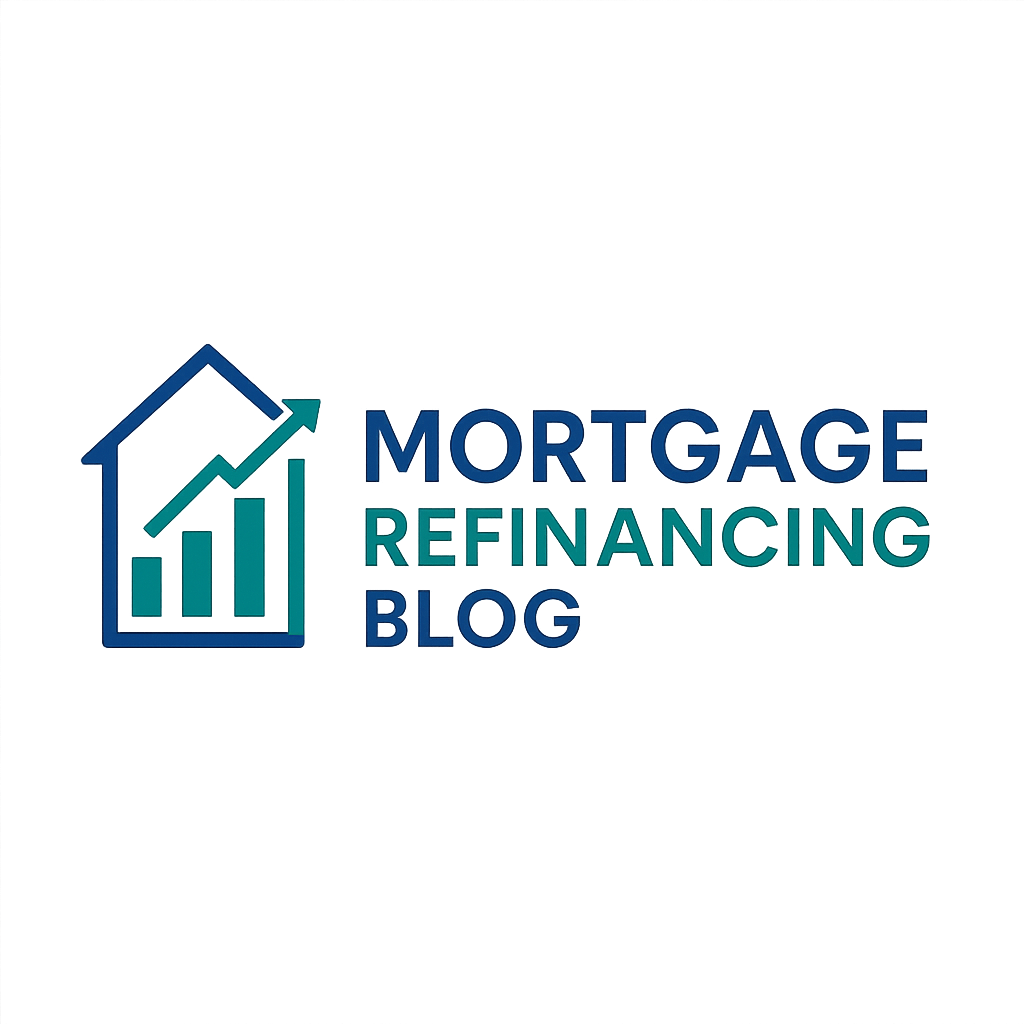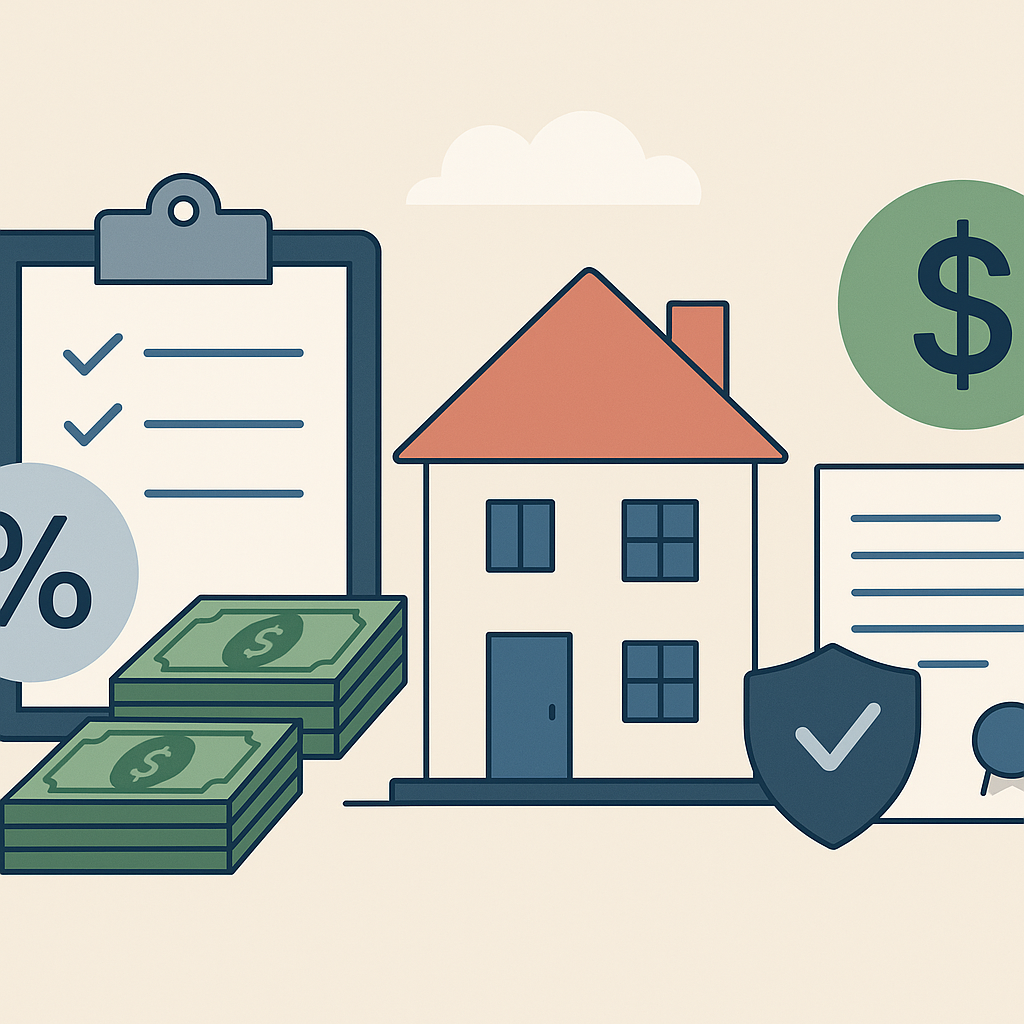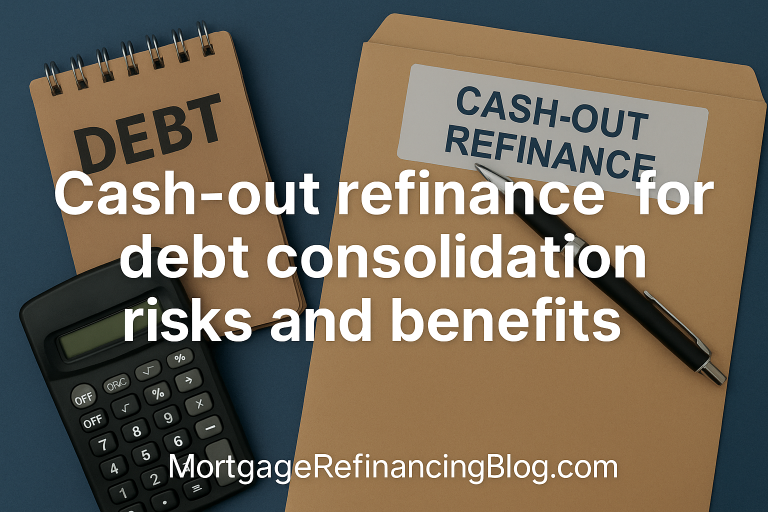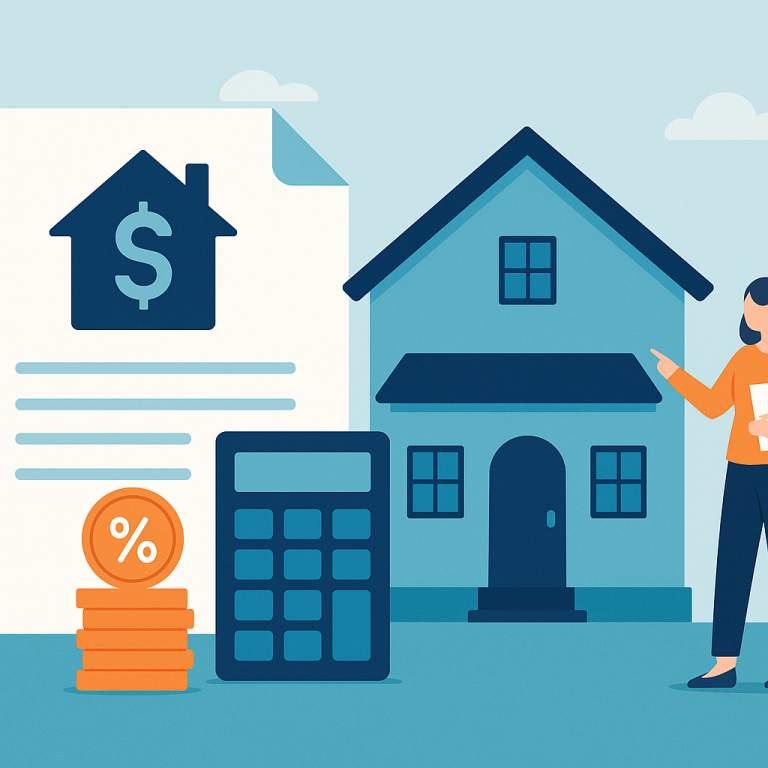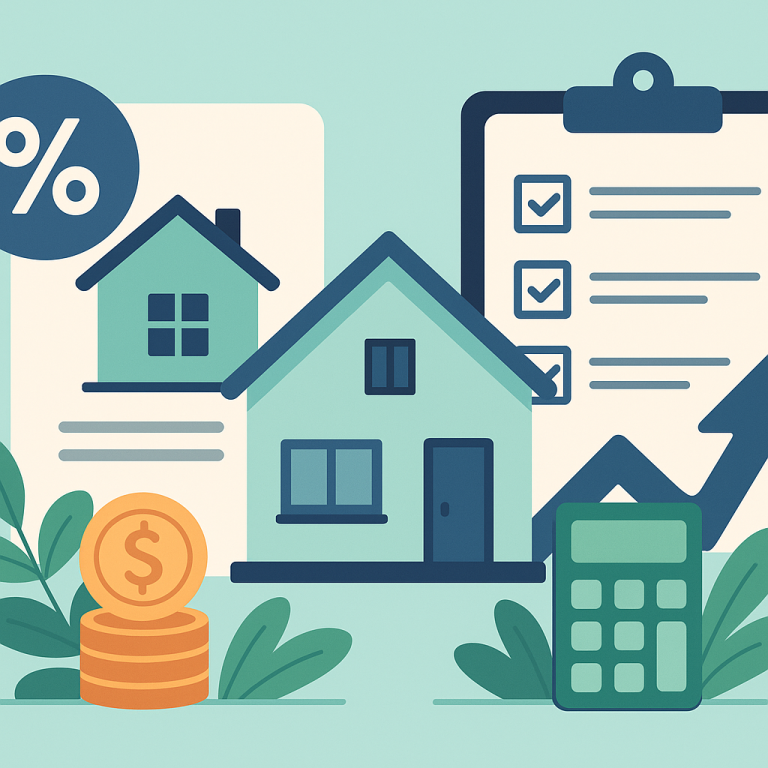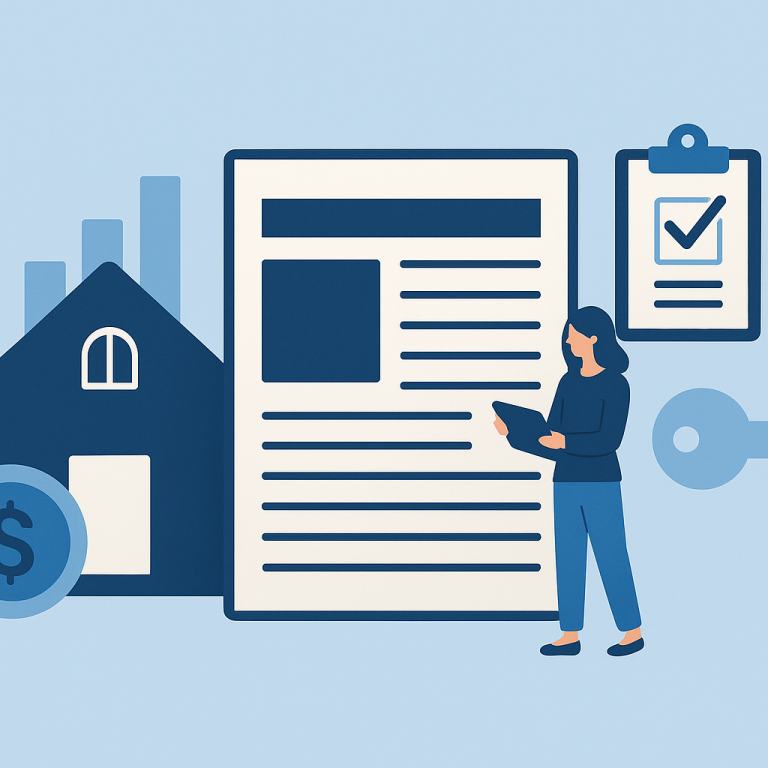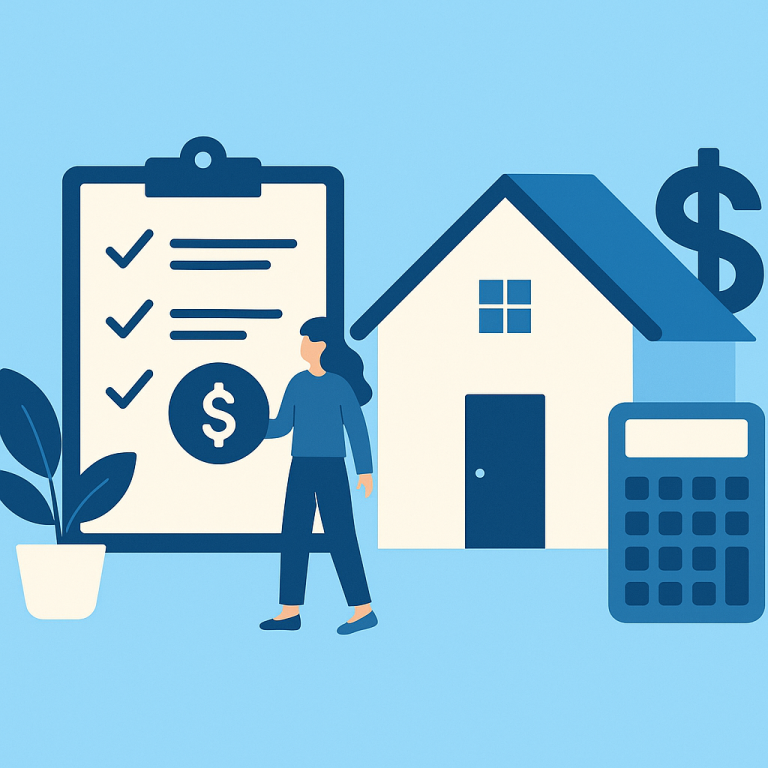Refinance guide rate buydowns on refinance temporary vs permanent
What a rate buydown is and when it makes sense
A rate buydown is a way to lower the interest rate on a mortgage by paying an upfront fee at closing in exchange for a reduced monthly payment. On a refinance you can choose a temporary buydown (lower rate for a limited time) or a permanent buydown (lower rate for the life of the loan). Temporary buydowns are typically structured as 3-2-1 or 2-1 or 1-year reductions, while permanent buydowns are purchased with “points” (one point = 1% of loan amount) that lower your interest rate for the loan term.
A buydown makes sense when you want to reduce monthly payments for an initial period (temporary) or when you plan to keep the loan long enough to recoup the upfront cost (permanent). It’s often used when borrowers expect rising income, plan to sell soon, or want a permanent lower rate but have cash available at closing.
Benefits and drawbacks
Benefits
- Immediate payment relief: Temporary buydowns lower payments in early years, easing cash flow.
- Lower long-term interest: Permanent buydowns reduce the rate for the life of the loan, saving interest over time.
- Flexible funding: Buydown funds can come from the borrower, lender credits, or sometimes third parties (builder, employer) — depending on program rules.
- Comparative certainty: A buydown guarantees a lower contractual rate rather than uncertain future refinance opportunities.
Drawbacks
- Upfront cost: Buydowns require cash at closing (or reduced credits elsewhere), which may offset other uses of funds.
- Temporary spike in payments: With temporary buydowns, payments escalate to the full rate after the buydown period.
- Complexity: Different lenders calculate point-to-rate conversions differently; APR and long-term savings can vary.
- Opportunity cost: Money used to buy down a rate might earn more if invested elsewhere.
Costs and fees
Permanent buydowns are usually paid as mortgage points. Industry convention often assumes one point lowers the rate by about 0.25% (25 basis points), but the actual impact varies by lender and market conditions. Temporary buydowns require a lump-sum subsidy deposited into an account to make the reduced payments during the term; that subsidy is funded at closing and held by the servicer.
Other costs to expect:
- Closing costs — origination, appraisal, title, recording, and escrow may still apply.
- Possible lender buydown or processing fee when establishing the buydown account.
- Impact on APR — paying points raises the finance charge and may increase the APR shown for the loan even as it lowers the contractual rate.
- Tax considerations — points on a refinance typically must be amortized over the life of the loan for tax deduction purposes (check with a tax advisor).
Step-by-step process
- Assess your goals: Are you seeking short-term relief or long-term savings? How long do you plan to keep the home?
- Get multiple lender quotes: Request both temporary and permanent buydown options and ask how many points equal how much rate reduction.
- Run a break-even analysis: Compare the upfront cost to monthly savings and calculate months to recoup the cost. For temporary buydowns, model payment increases after the buydown ends.
- Check program rules: Confirm eligibility with your loan program (conventional, FHA, VA, USDA may have specific rules about seller/third-party contributions).
- Negotiate who pays: On a refinance the borrower usually pays, but you might use lender credits, or roll some costs into the loan if it makes numeric sense.
- Lock the rate and document the buydown: Ensure the note and closing disclosure reflect the buydown terms and subsidy funding.
- Close and verify: At closing, confirm the buydown funds were applied and that servicer records reflect the temporary payment schedule if applicable.
- Monitor payments: For temporary buydowns, calendar the date when payments will increase so you aren’t surprised by higher payments later.
Common pitfalls to avoid
- Not doing a break-even calculation — paying for a permanent buydown and then selling within a short time often means you never recoup the cost.
- Assuming one point equals 0.25% everywhere — the actual rate decrease varies by lender and market.
- Forgetting escrow shortages — lower initial payments may hide the fact that escrow shortages could later raise your payment further.
- Relying on seller contributions on a refinance — there is usually no seller in a refinance; don’t assume third-party contributions will be available.
- Failing to confirm the buydown in the promissory note and servicing instructions — if it’s not documented, you may not get the promised reduced payments.
Short FAQ
Q: What’s the difference between a temporary and permanent buydown?
A: Temporary buydowns lower your interest rate for a fixed initial period (e.g., 1–3 years) and then payments rise to the full rate. Permanent buydowns lower the rate for the life of the loan in exchange for points paid at closing.
Q: Can I roll the cost of a buydown into the refinanced loan?
A: Sometimes you can finance the cost into the new loan, but that increases your loan balance and the interest paid over time. Financing the cost may defeat the purpose of reducing monthly payments or extend the break-even period.
Q: How do I know if a buydown is worth it?
A: Do a break-even analysis: divide the upfront buydown cost by the monthly savings. If you plan to keep the loan longer than the break-even months, a permanent buydown typically makes sense; for short holds, a temporary buydown may be preferable.
Q: Are buydowns allowed on government loans (FHA/VA)?
A: Many government programs allow buydowns but have rules about who can pay and how much can be contributed. Confirm with your lender and review program guidelines before assuming availability.
Buydowns can be a practical tool during a refinance when used with clear goals and accurate math. Compare quotes, understand the timing and documentation, and choose the structure—temporary or permanent—that matches your cash flow needs and homeownership timeline.
META: rate buydown refinance temporary permanent break-even points FAQs
